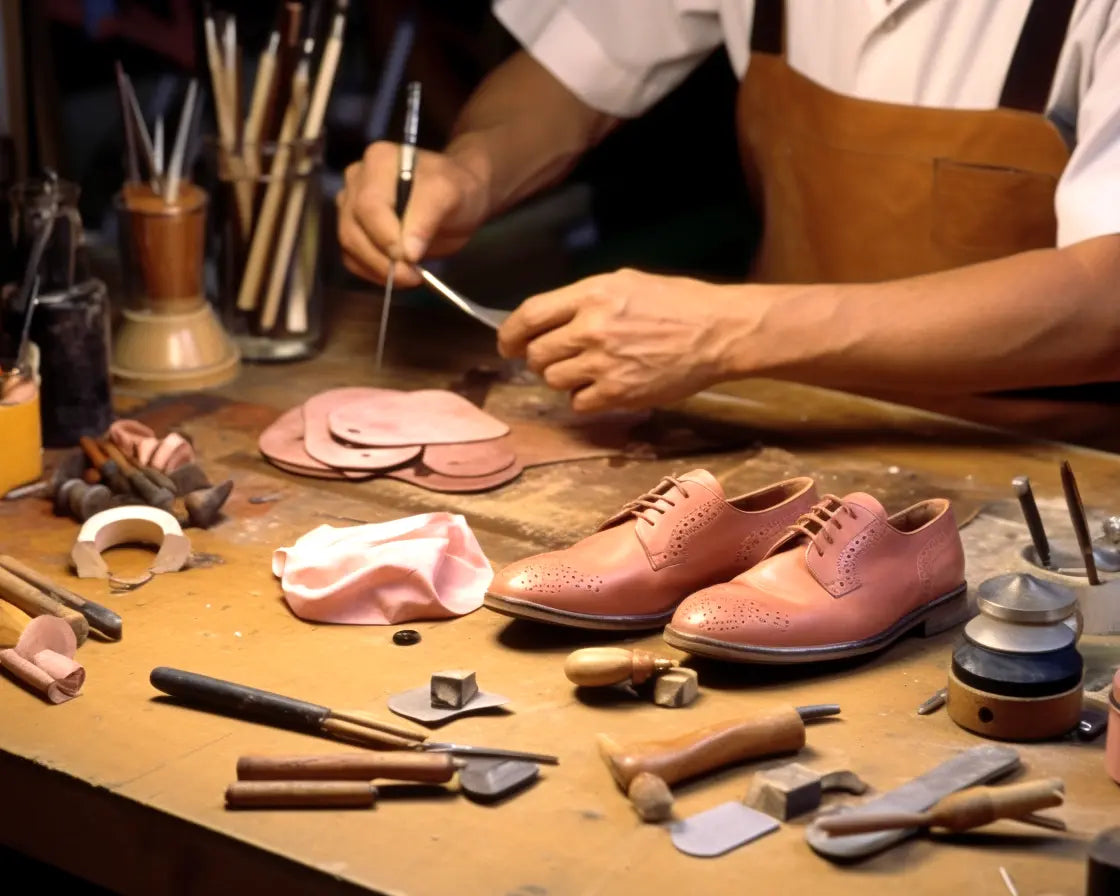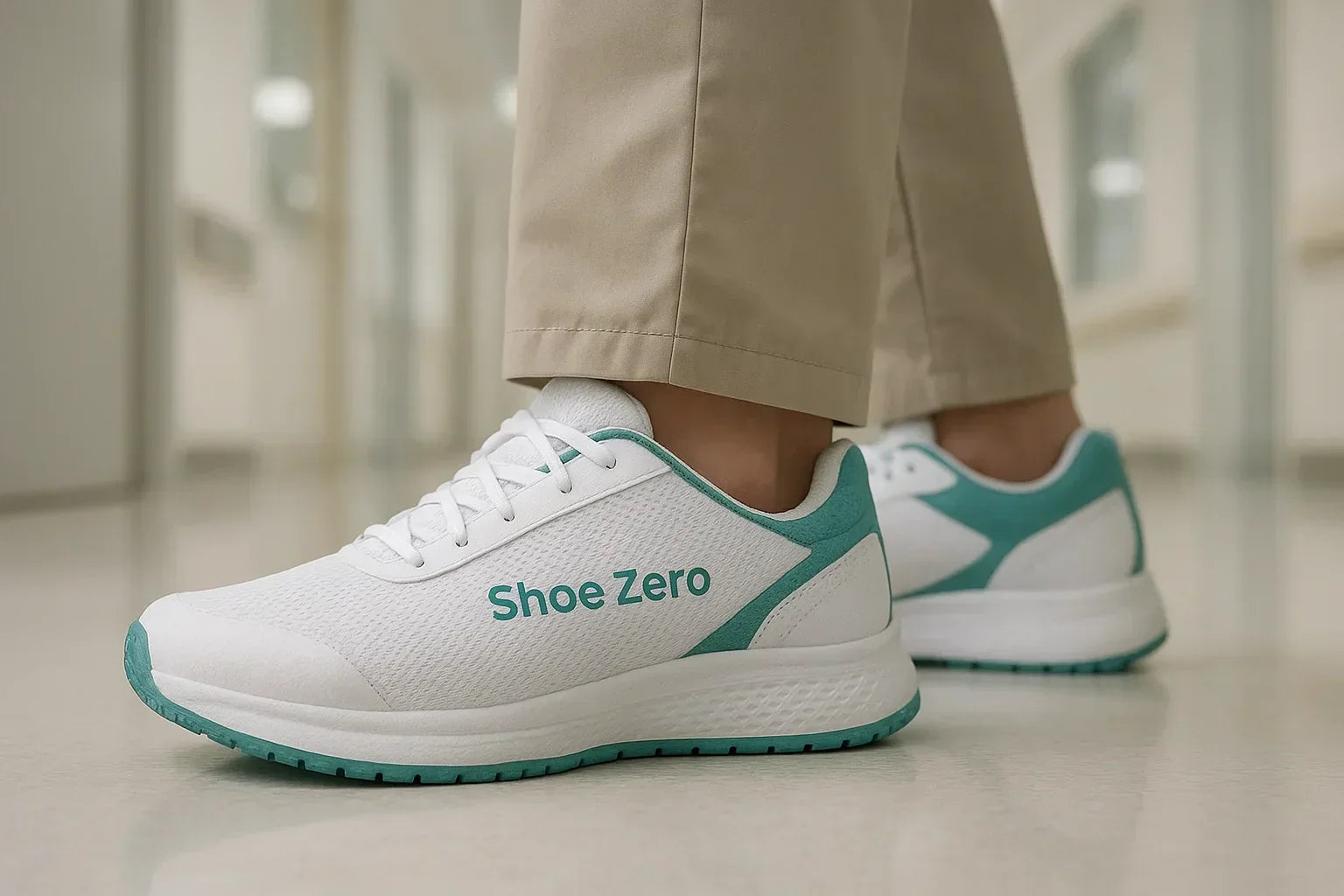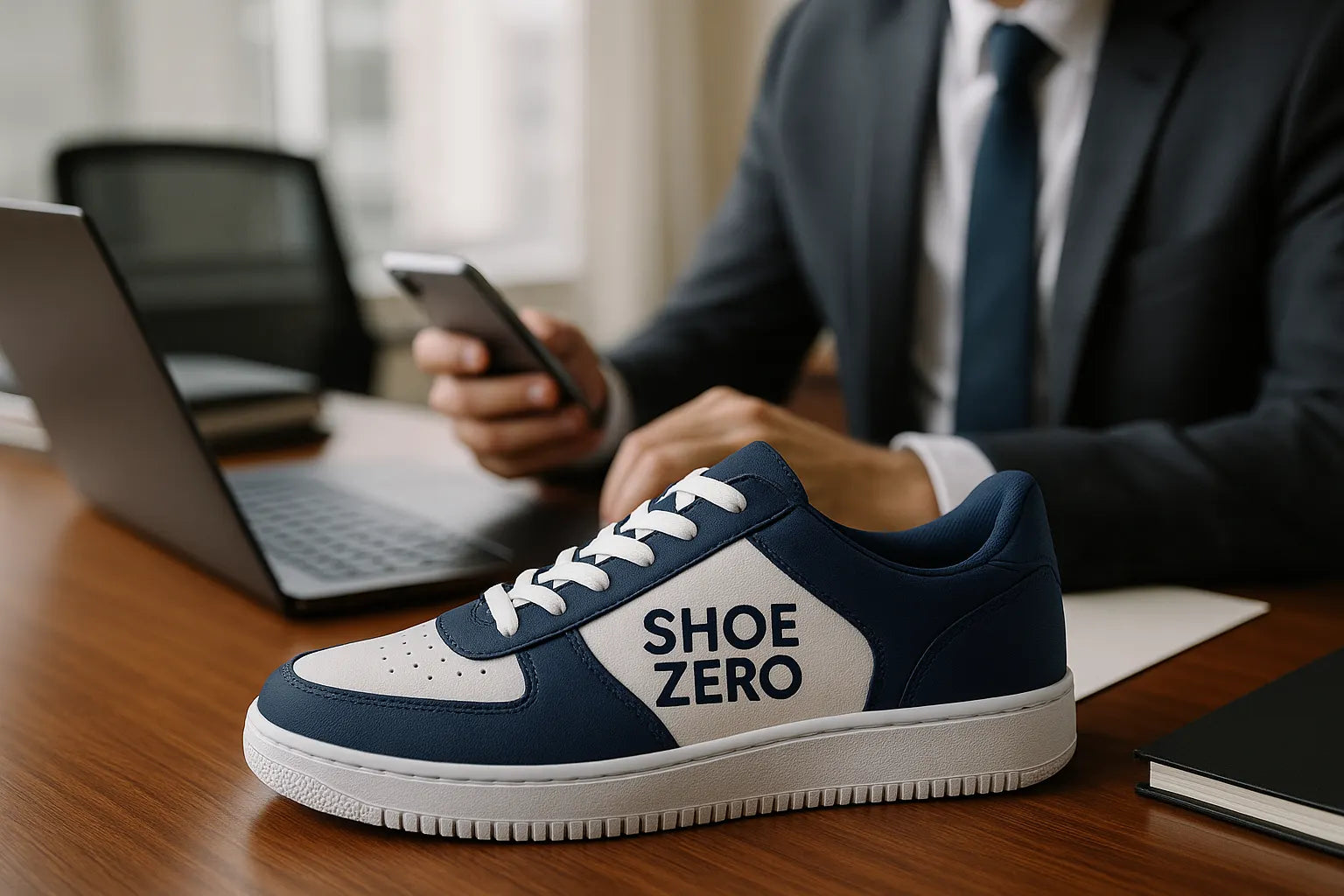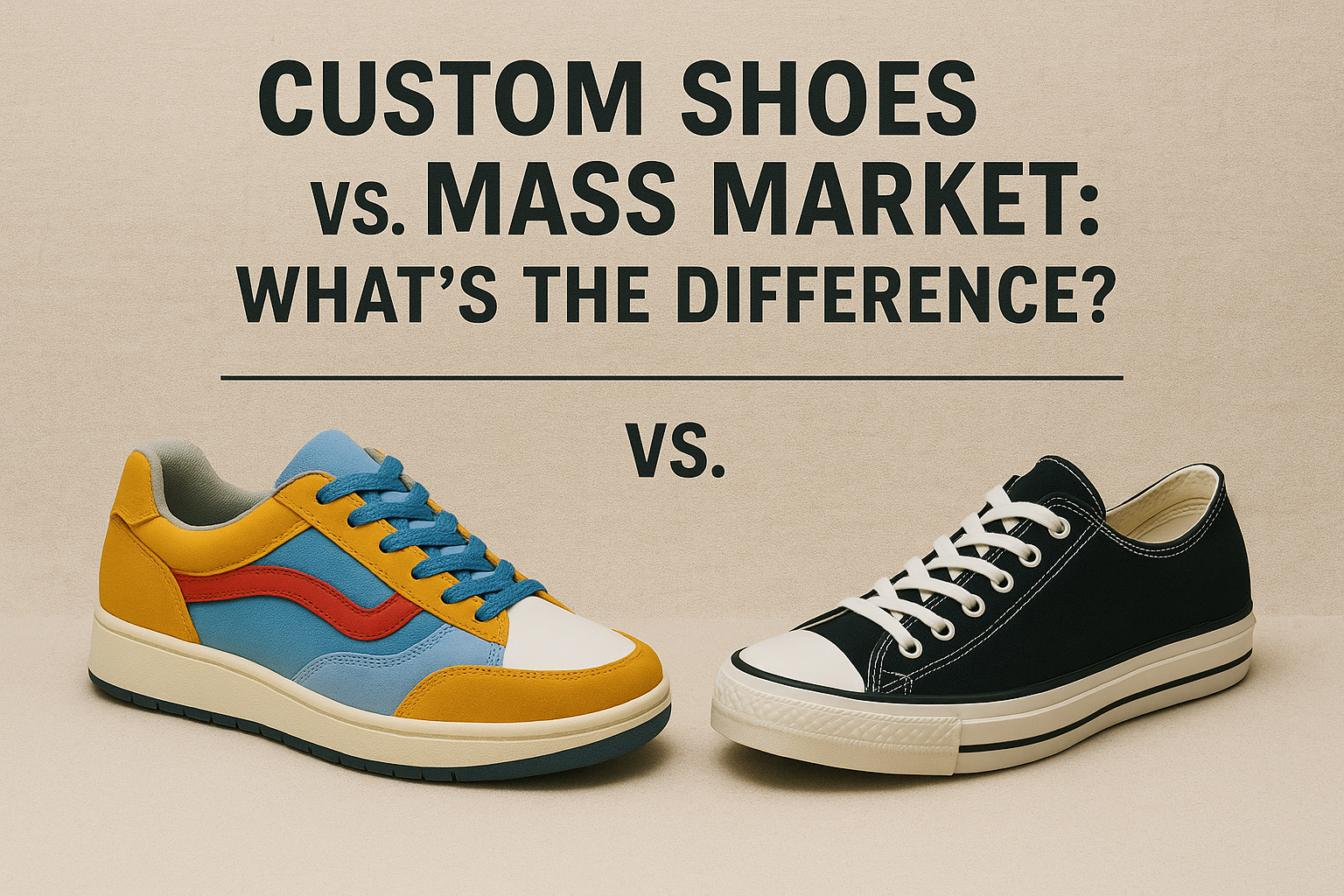Crafting shoes is a beautiful blend of art and skill, a true testament to the craftsmanship that goes into creating a functional and stylish accessory. It's like sculpting a masterpiece for your feet! Each step in the process requires precision and an unwavering attention to detail, from selecting the right materials to putting the final polish on the finished product. With time and practice, the process becomes more than just a skill; it evolves into a passion. If you've ever wondered how to make shoes, this 10-step guide will take you through the process of making shoes that are not only beautiful but also durable and comfortable.
10-Step Guide to Make Your Own Shoes
Step 1: Know Your Concept
In the exciting world of shoemaking, it all begins with a concept. We start by envisioning the type of shoe we want to create. Is it a classic leather oxford, a trendy sneaker, or a comfortable pair of loafers? Understanding the concept allows us to plan the design and gather the necessary materials accordingly. With a clear vision in mind, we move on to the next step.
Step 2: Prepare the Materials for Shoe Making
To create high-quality shoes, we need to ensure we have the right materials. This includes selecting the appropriate leather or fabric, lining, insoles, and outsoles. Each material should be chosen carefully, considering factors like durability, comfort, and aesthetics. Investing in top-notch materials is essential to craft shoes that stand the test of time.
Step 3: Cast Your Foot
Getting the right fit is crucial for comfortable shoes. We take a casting of the foot to understand its unique shape and size. This helps us create a custom last (a foot-shaped mold) that serves as a foundation for the shoe's design. Accurate measurements at this stage are vital to ensure the final product fits perfectly.
Step 4: Make Your Foot Cast Into a Last
Once we have the foot cast, we transform it into a last. The last is a representation of the foot's shape and acts as a guide during the shoemaking process. It allows us to design the upper part of the shoe with precision and ensures a comfortable fit.
Step 5: Draw Your Shoe Pattern
Creating a pattern is like giving life to your shoe design. Using the last as a reference, we draw the shoe patterns for the upper part of the shoe. This step involves careful measurements and attention to detail to ensure the pieces fit together seamlessly. Many designers start with basic shoe templates to guide the process and make sure every cut and curve aligns perfectly.
Step 6: Cut Out the Leather and Fabrics
With the pattern ready, we lay it on the selected leather or fabric and carefully cut out the pieces. Precision is key at this stage, as any inaccuracies can affect the final fit and appearance of the shoe. This step especially highlights the importance of leatherwork specialty, where skilled hands ensure every cut is clean, accurate, and ready for assembly.
Step 7: Stitch Pieces Together
Now comes the exciting part – stitching the shoe together. We sew the cut-out pieces using high-quality threads and stitching techniques, ensuring the upper takes shape. This process requires skill and finesse, as it sets the foundation for the shoe's construction.
Step 8: Cut Out Your Sole and Put the Pieces Together
The shoe soles are what provides support and stability. We cut out the sole material and attach it to the upper part using adhesive or stitching, depending on the shoe's style and construction. This step marks a significant milestone in bringing the shoe closer to completion.
Step 9: Cut Off Excess Fabrics and Add Patches Where Desired
At this point, the shoe is almost complete, but there might be some excess fabric or rough edges. We trim and clean up the shoe, ensuring it looks refined and professional. If desired, we can also add decorative patches or embellishments to enhance the shoe's appearance.
Step 10: Put Finishing and Decorative Touches on Your Creation
Congratulations, we've made it to the final step! Now is the time to add the finishing touches to the shoe. We carefully inspect the shoe for any imperfections and make necessary corrections. From polishing the leather to adding decorative elements and ensuring the insole is properly placed and comfortable, every detail matters to create a stunning final product.
__________________________________________________
Key Takeaways
Making your own shoes is more than just a craft, it’s a creative journey that blends artistry, precision, and personal expression. Starting with a clear concept and quality materials sets the stage for success. By understanding the unique shape of your foot, you ensure comfort and the perfect fit. As you move through each stage, drafting patterns, stitching, assembling, and refining, you’ll watch your design transform into something uniquely yours. Adding final touches like trims, textures, or colors brings your personalized footwear to life in a way no store-bought shoe ever could.
But if you want the joy of creativity without the challenges of DIY shoemaking, Shoe Zero makes it simple. Explore our custom shoes and design pairs that reflect your personality and lifestyle, no tools or stitching required. Create performance-ready custom basketball shoes, everyday staples like custom low tops and custom high tops, or bold styles like custom boots and custom sandals. For younger creators, check out our fun custom kids shoes, and complete your look with custom merch.
Whether you’re crafting shoes at home or designing online with Shoe Zero, the power to express your unique style is right at your feet.
FAQs (Frequently Asked Questions)
1. Can I make shoes at home without professional equipment?
Absolutely! While professional shoe-making equipment can be beneficial, it's possible to make shoes at home with basic tools. There are various online tutorials and DIY kits available to get you started.
2. What types of materials are best for shoemaking?
The best materials for shoemaking depend on the type of shoe you want to create. For classic leather shoes, full-grain leather is highly recommended, while canvas and synthetic fabrics work well for casual footwear.
3. How long does it take to make a pair of shoes from start to finish?
The time it takes to make a pair of shoes varies depending on the complexity of the design and the maker's skill level. On average, it can take anywhere from a few hours to a couple of days to complete a pair
4. Can I customize the design of my shoes?
Absolutely! One of the beauties of shoemaking is the ability to create unique and personalized designs. You can experiment with different patterns, colors, and embellishments to make your shoes truly one-of-a-kind.
5. Is shoemaking a profitable business venture?
Shoemaking can be a profitable business, especially if you can offer custom-made, high-quality shoes that cater to a specific niche. With the rising demand for handmade and artisanal products, there's great potential for success in the shoemaking industry.








